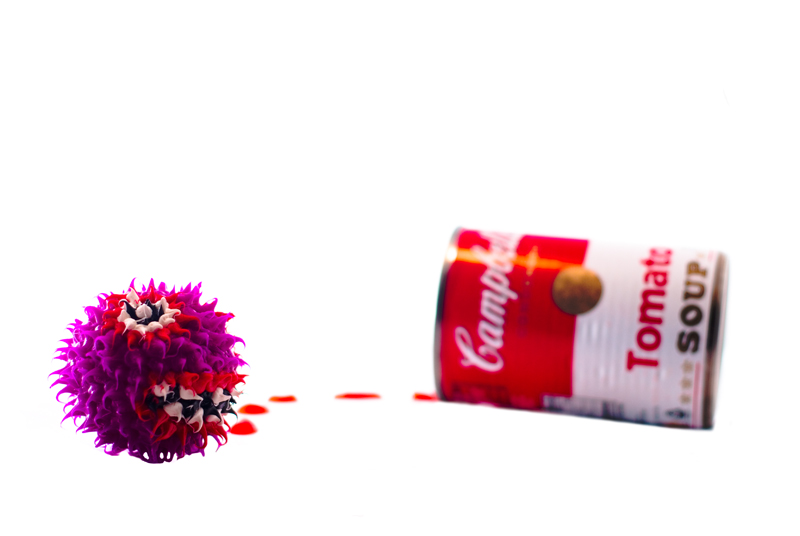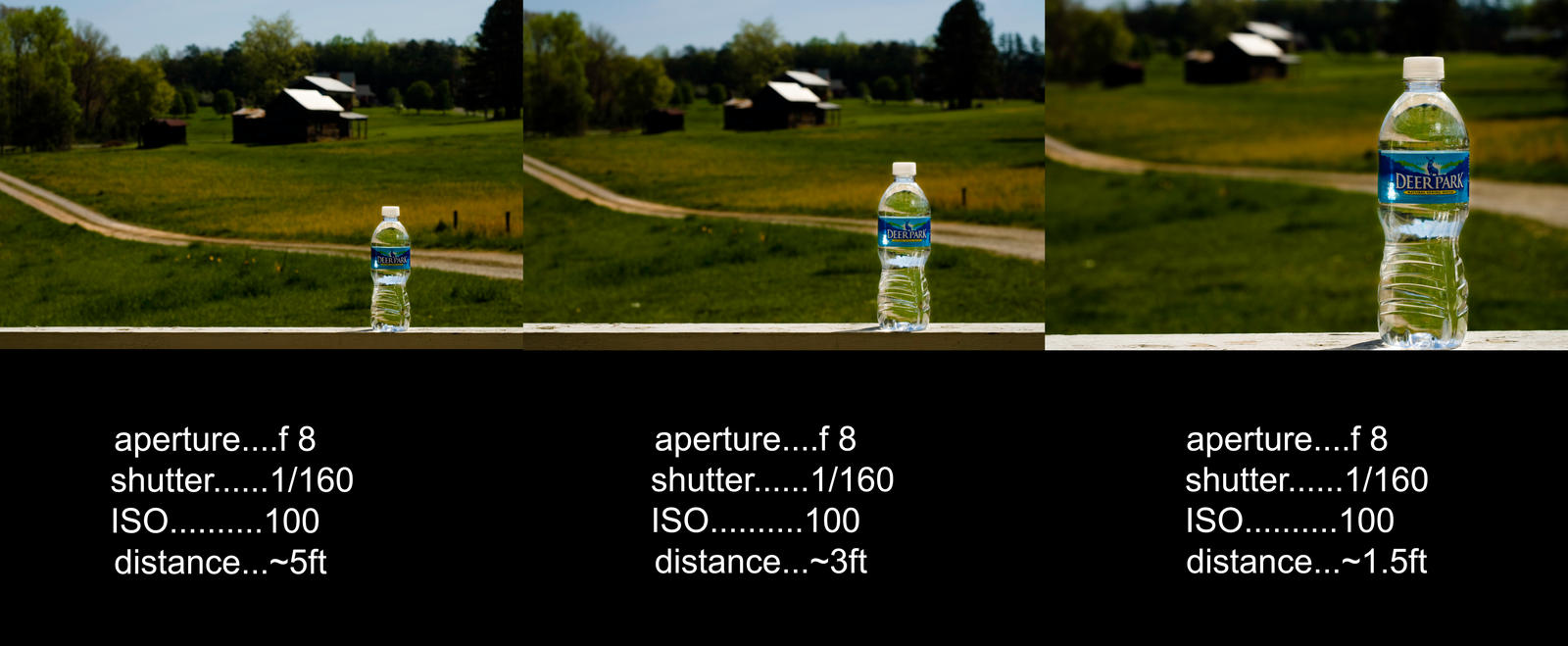Aperture and Depth of Field: Part 1
What is aperture?
Aperture is a type of measurement used by scientists to determine the half life of a nuclear reactor.
Well, no….
Aperture is a measurement, but is a number usually referred to as an f-stop. This number is a reference to how large the front element of a lens is opened compared to how long the body of the lens is.
So what?
Aperture affects a lot of things in photography, and is usually my first consideration when taking or setting up to take a picture. When taking a picture my first consideration is usually depth of field, which is linked directly to aperture and camera-subject distance.
The picture below has a very short depth of field, and is produced by being very close to the subject, and having a very low aperture (f-2.8). Please click the picture to see a larger version:)
The picture here has reasonably long depth of field, which was created by being somewhat far away from the subject(s), and here, more significantly a higher f-stop (f-16)
Now a more concise example of aperture:
Notice what is happening in these pictures. The distance stays the same, but the depth of field grows.
Why? The aperture is getting smaller and smaller, and the shutter speed is getting longer to compensate.
And the same of camera-subject distance
Now look at what happens here. The aperture stays the same, therefore the shutter speed doesn't need to change, but yet the depth of field changes.
Why? It's because the distance changed. The closer I got to the water bottle the more blurry the background got. This is because the focus was closer to me in each shot, rather than at a static distance like the first series.
As you can see, the distance and aperture both play a big role in depth of field. Try to think of them in this way:
For a short depth of field(blurry background) get close and use a lower f-stop.
For a long depth of field(clear all the way through) get farther away and use a higher f-stop.
Learn to use these rules to your advantage.
There is a lot more to depth of field and aperture than this, but I'm trying to cover this in little bites.
If you don't know how to adjust your aperture, you really need to at least take a peek at your manual, but I'll give you a starting place. You need to put your camera in A(Av for cannon) or M mode. Aperture mode(A/Av) lets you set the aperture with the camera setting shutter speed, and Manual(M) lets you set aperture and shutter speed. More on that later though.
In my next post we’ll explore the practical applications of aperture and distance, and what aperture has to do with shutter speeds.







3 comments:
Thanks! It's interesting! I'd like to learn more.
You're welcome, thanks for visiting. School gets out in about 2 weeks, so I'm kind of busy with that, but in the next week there should be another post about the more practical side of controlling DOF.
That's fine. I can wait :)
Post a Comment